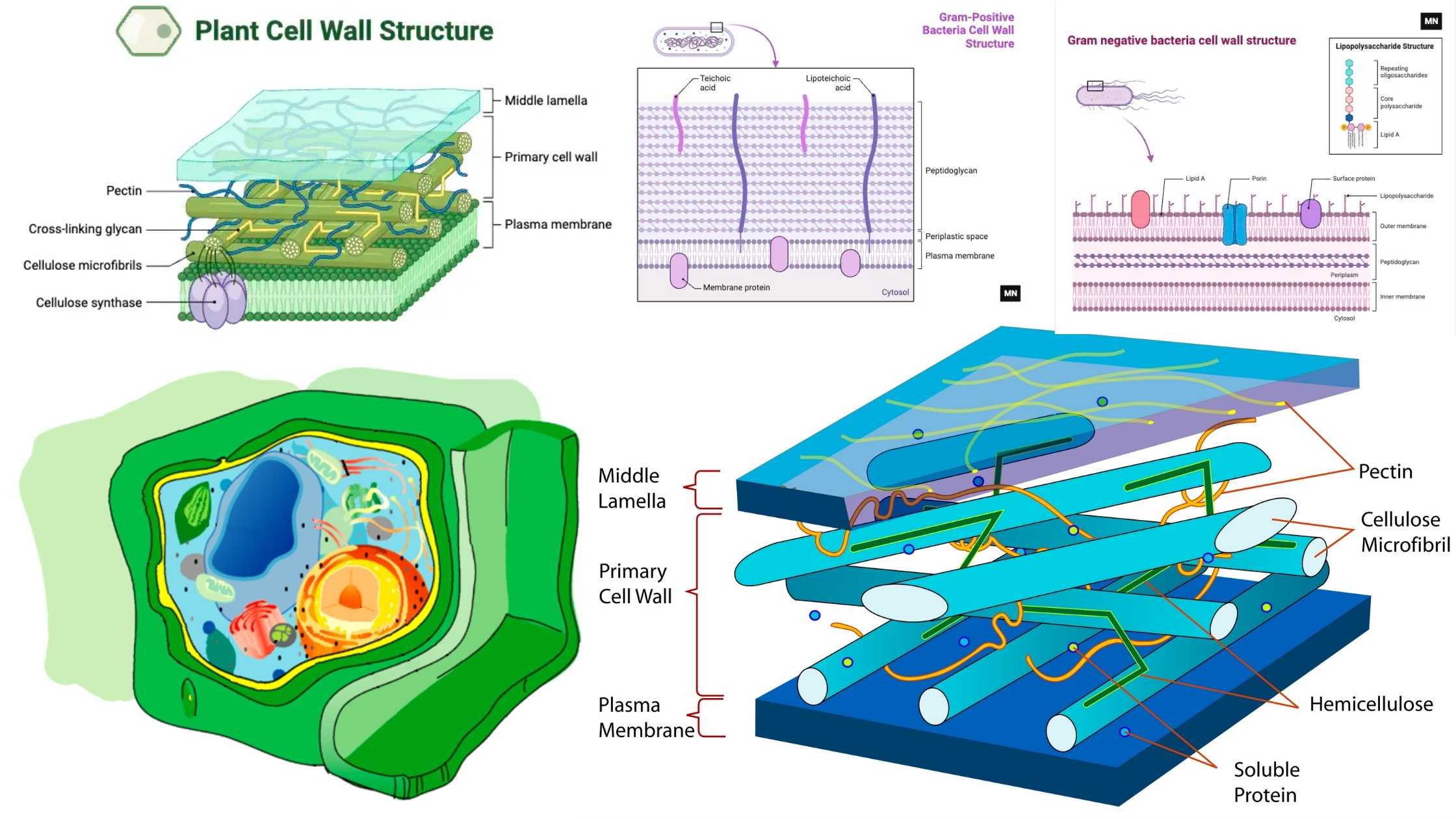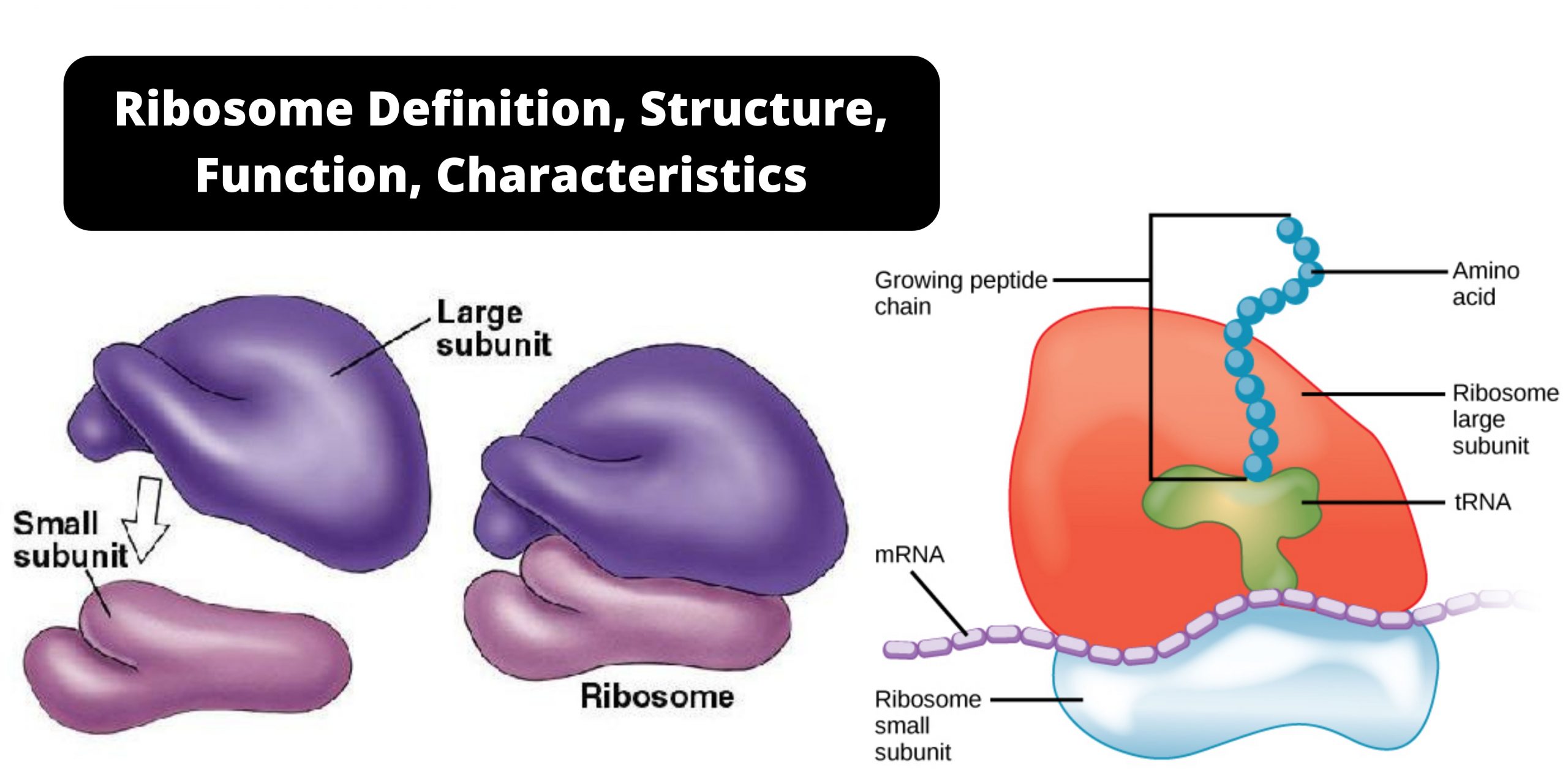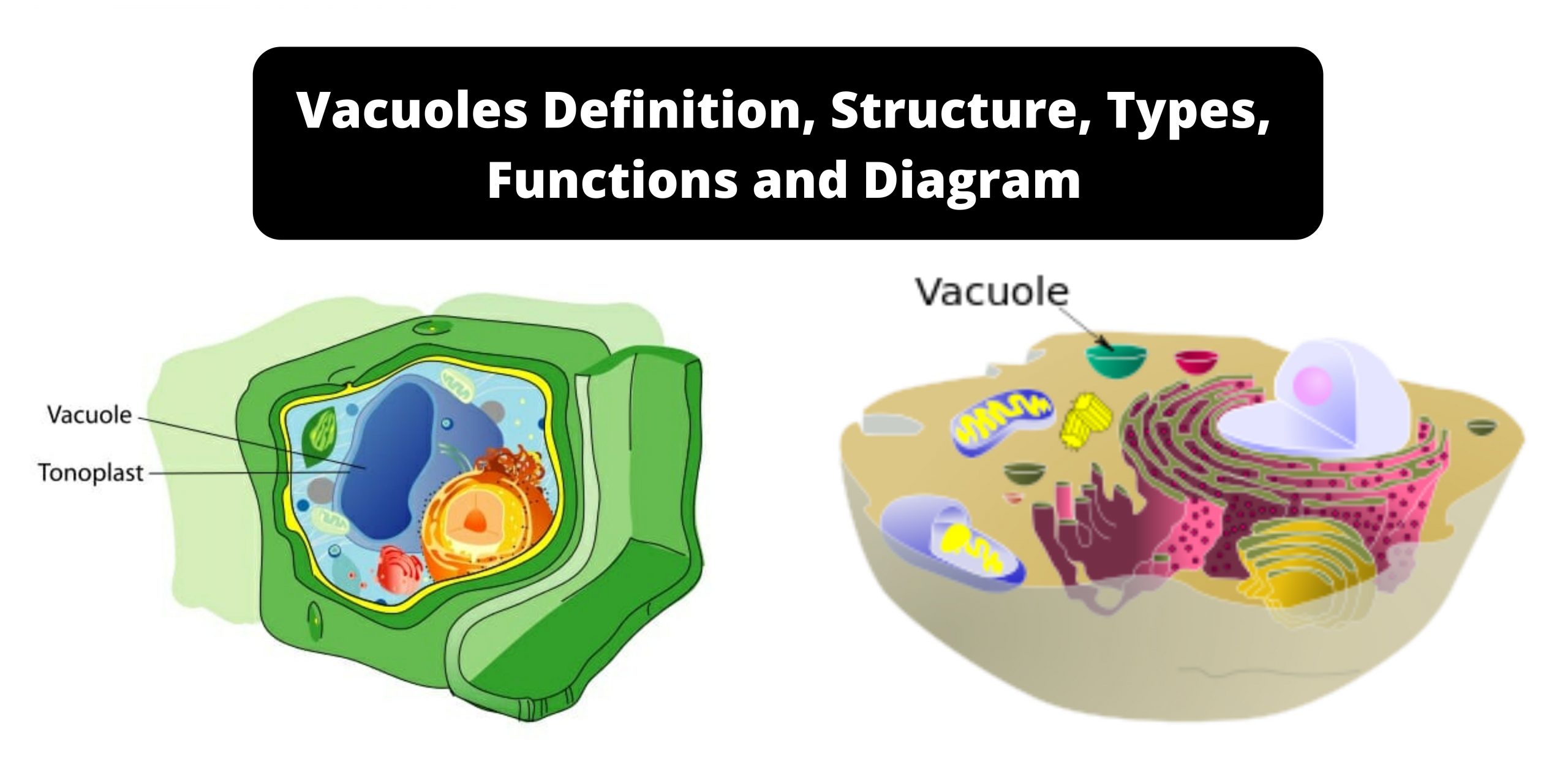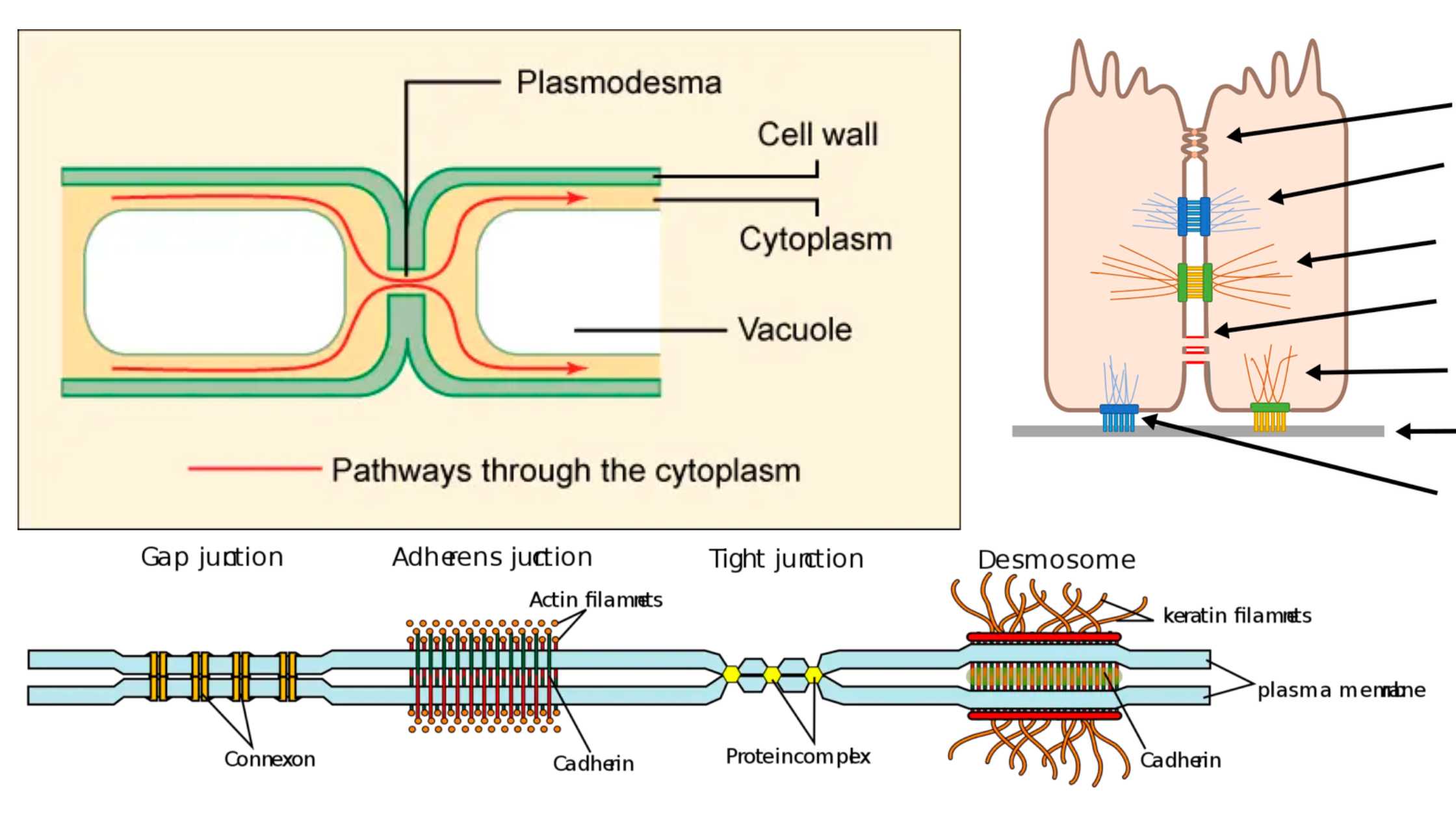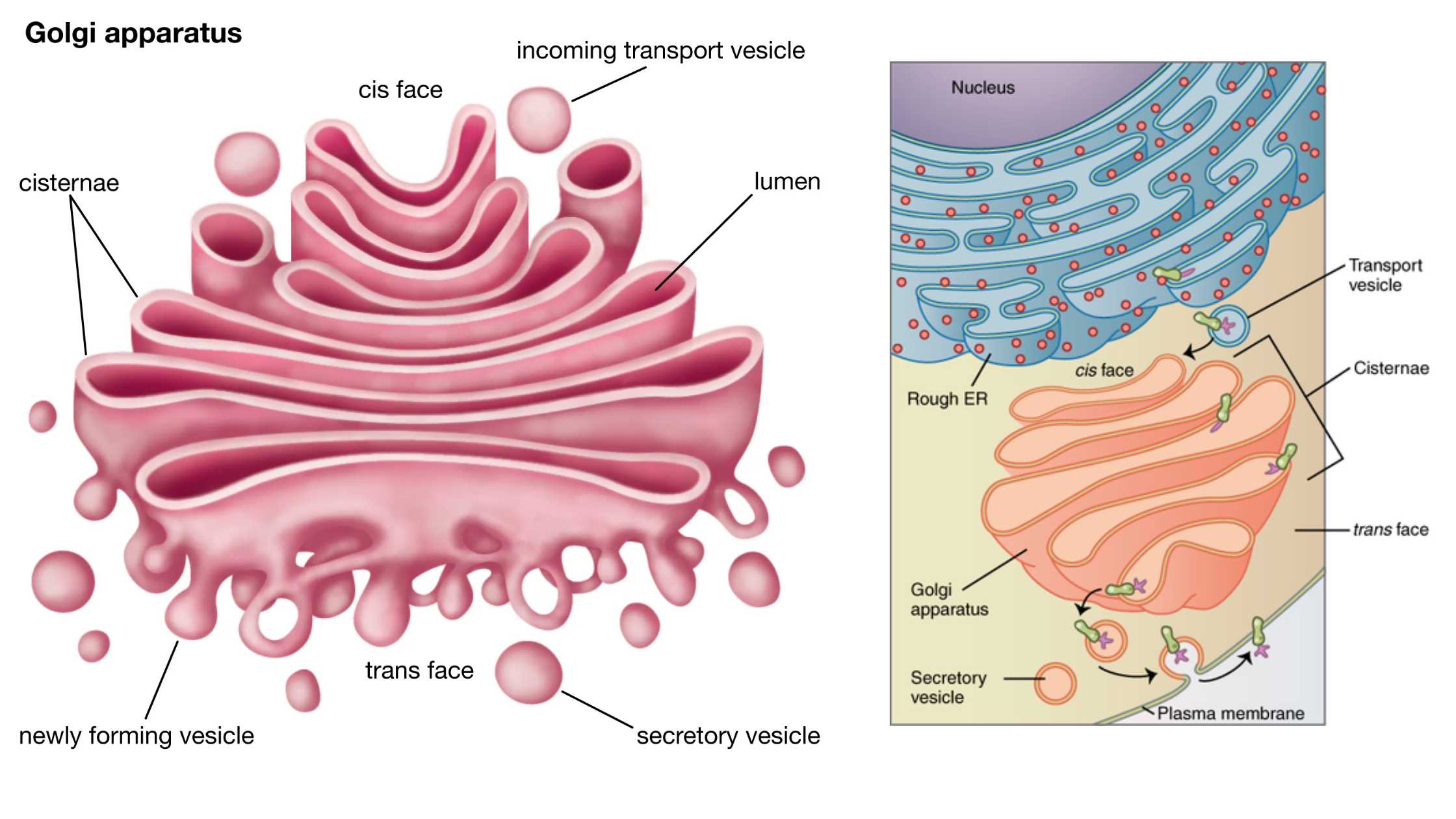Cell Wall – Definition, Structure, Composition, Functions
What is a Cell Wall? Cell Wall Definition A cell wall is a rigid and protective outer layer found in plants, fungi, bacteria, and some protists, providing structural support and protection to the cell. Properties of Cell Wall The cell wall is a crucial component of many organisms, including plants, fungi, algae, and certain prokaryotes. … Read more
